- Trust Issues
- Every year, marketing metrics evolve. The data I’m sharing is from 2024, but it’s crucial to refresh this information regularly—ideally every year or even every six months. As demographics shift, so do the metrics that define them. Social media platforms are constantly changing landscapes. In 2024, Twitter (X) presents intriguing, if sometimes misleading, analytics, while Facebook feels like a realm where bots engage with AI-generated content. Emerging platforms like Reddit require greater attention as older standards begin to fade.
- Project Brief
- This sample data can be applied across various contexts, whether for a SVOD like Crunchyroll, a digital collectibles company like OnChain Studios, or a small game studio like EXOK. Defining an audience is just one piece of the puzzle. It helps identify potential audiences, understand the value they bring, and guide your product evolution. However, it's equally important to know your brand and how aligning with a specific demographic impacts its authenticity.
First 6 Steps to Launch a Marketing Campaign
Establish what you want to achieve and set measurable KPIs.
Conduct thorough research to pinpoint your target audience's needs and preferences.
Clearly communicate what makes your product or service unique.
Choose the best platforms for reaching your audience and allocate resources accordingly.
Plan your messaging strategy to ensure consistent and timely communication.
Plan for a begining, middle, and end of the campaign. It is a story, not a checklist.
If advertising is stapling a 'lost cat' flyer to a telephone pole, marketing is knowing which telephone poles are probably closest to your cat.
Gamer Bros
The intersection of collectors and gamers.Second-hand 70s-80s nostalgia from an older sibling, or a parent, but probably don't know the direct reference. Comic books, graphic novels, anime, adult humor, and mild violence are all acceptable. They want deep and specific knowledge for the things they love.
Developmental Stage 6-7: Bonding with others, worried about being relevant
- Game Reviews and Tutorials: Short video clips and live streams of game reviews, gameplay tutorials, and tips for both new and popular games.
- Collectible Showcases: Highlight unique collectibles, unboxing videos, and limited editions, featuring user-generated content.
- Gaming News and Trends: Share the latest news, updates, and trends in the gaming world, including upcoming releases and events.
- Community Spotlights: Feature stories from fans showcasing their collections or gaming setups.
Engagement Strategy:
- Contests and Giveaways: Run monthly contests for gaming gear or collectibles to encourage sharing and engagement.
- Polls and Questions: Utilize Instagram Stories and Twitter polls to engage followers and gather feedback on their favorite games or collectibles.
- Community Challenges: Initiate community challenges (e.g., "Best Gaming Setup" contest) to encourage user-generated content.
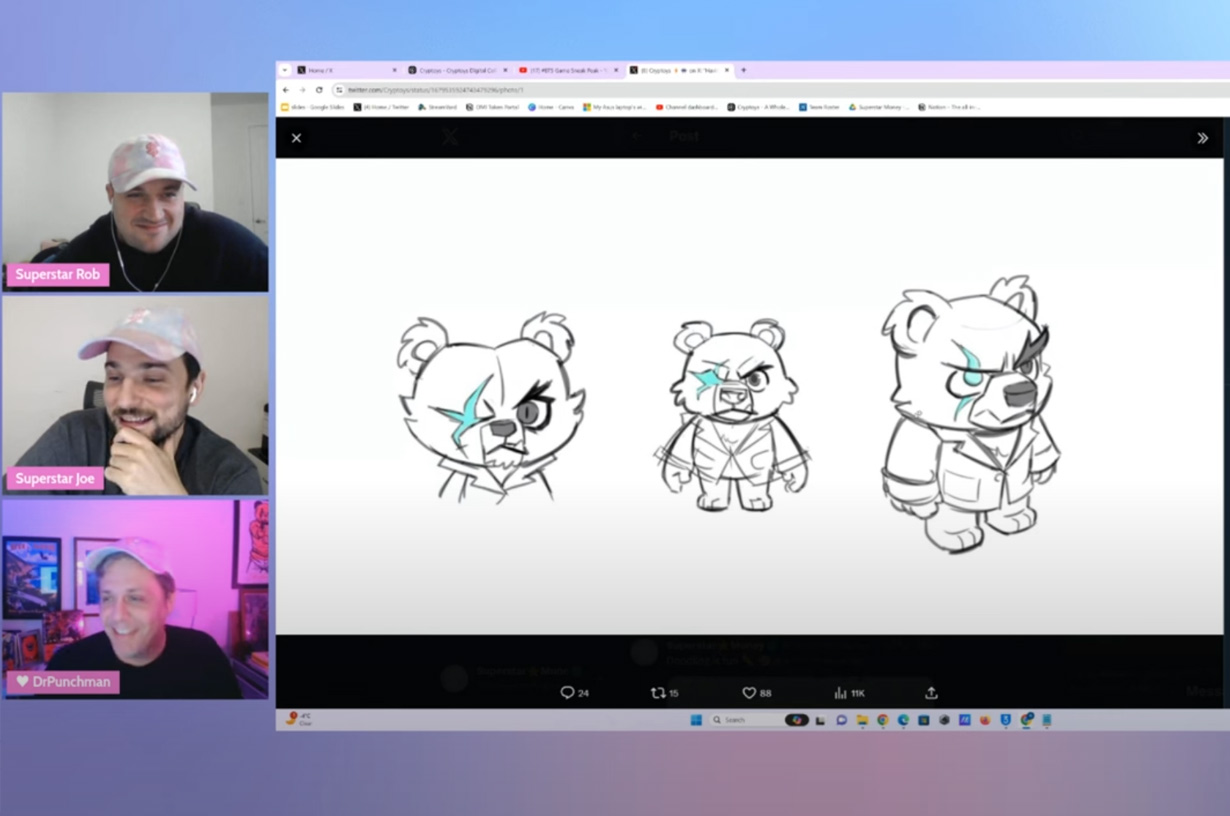
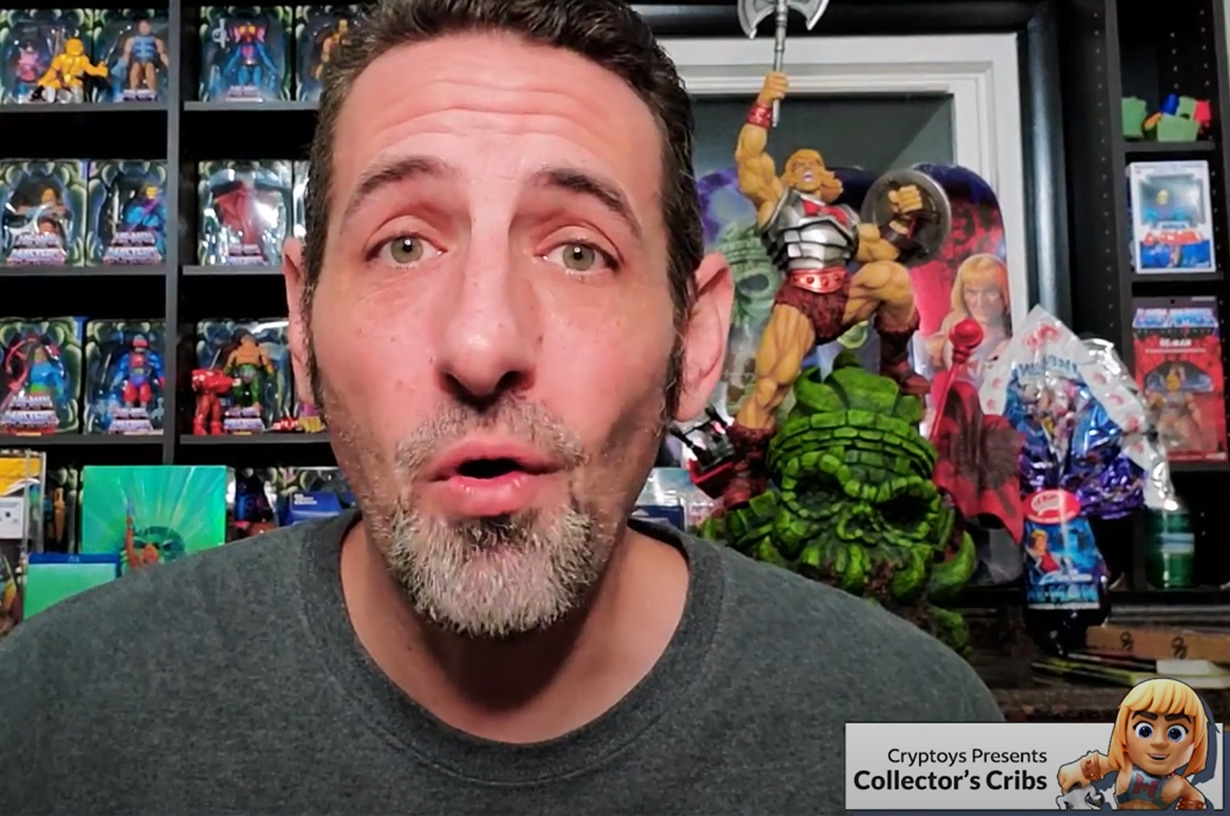
Advertising Strategy:
- Targeted Ads: Use Facebook and Instagram ads focused on interests related to gaming and collectibles. Target specific demographics and interests, optimizing for engagement and conversions.
- Influencer Collaborations: Partner with gaming influencers and content creators for product placements, reviews, and giveaways. Leverage their audience to reach potential customers.
Increase brand awareness and engagement by 30% within the target audience while driving sales of gaming and collectible products by 20% over the next 12 months.
- Demographics: Males aged 25-34.
- Interests: Gaming (console, PC, mobile), collectibles (trading cards, figurines).
- Behaviors: Active on social media platforms, participates in online gaming communities, attends gaming events.
2
videos per week4
Shorts per week5
Posts Per Week10
Stories Per Week5
Tweets Daily4
Videos per week2
Live Streams Per WeekYoung Parents
Looking to create nostalgic momentsFamily-focused-fun, they like action/adventure movies, doing puzzles, sports, setting group goals, and completeing tasks. They are focused on working together as a group, as well as fun and safe activities that foster happy memories.
Developmental Stage 7: Worried for the next generation & being remembered
- Game Reviews and Recommendations: Share in-depth reviews of family-friendly games (video games, board games, and educational games) that parents can enjoy with their kids.
- Tips for Family Gaming: Create guides and tips for parents on how to introduce gaming to their kids, focusing on age-appropriate content.
- Family Game Nights: Showcase fun game night ideas, including themes, snacks, and interactive activities to make gaming a family tradition.
- User-Generated Content: Encourage parents to share photos and videos of their family gaming experiences.
Engagement Strategy:
- Interactive Polls and Quizzes: Use Facebook and Instagram to ask parents about their favorite family games and gather insights.
- Challanges: Initiate family gaming challenges (e.g., “Family Game Night Challenge”) and encourage sharing with specific hashtags.
- Collaborate with Parenting Influencers: Partner with family-oriented influencers to review games and share their experiences with their audience.
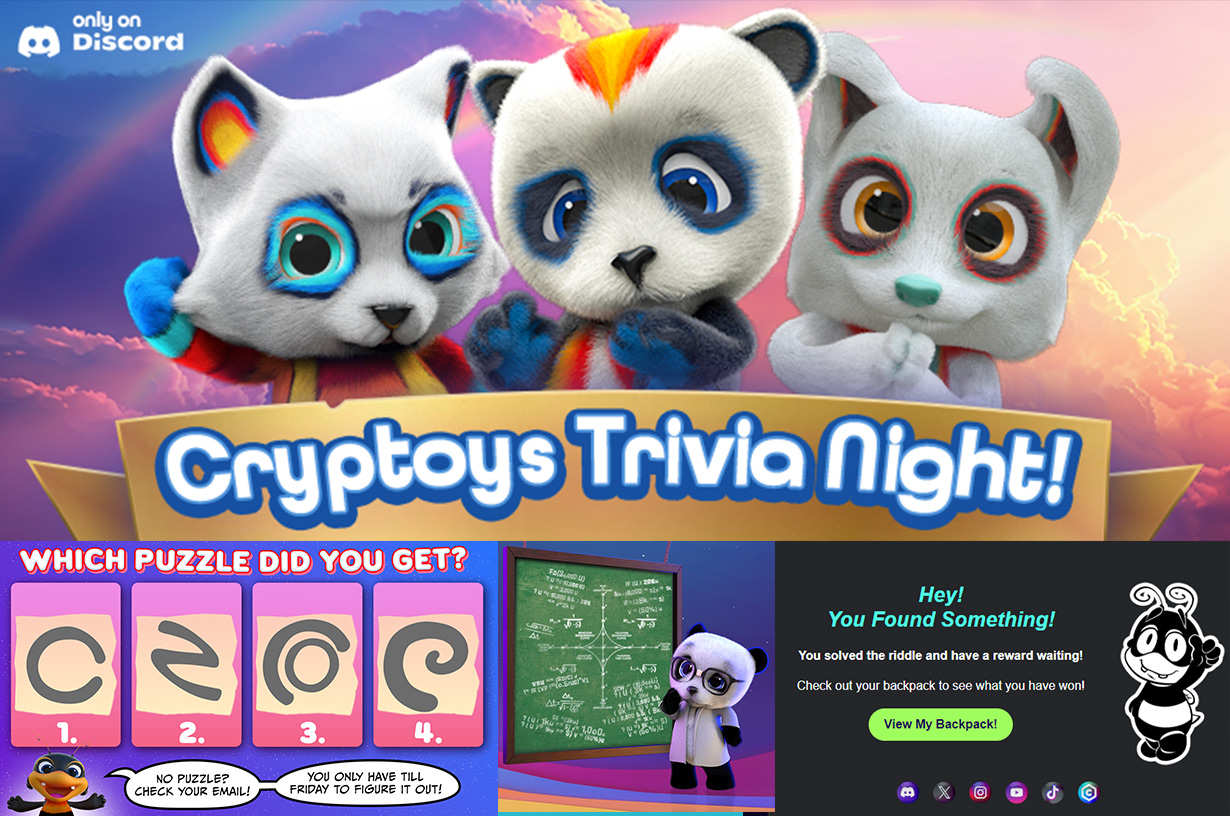
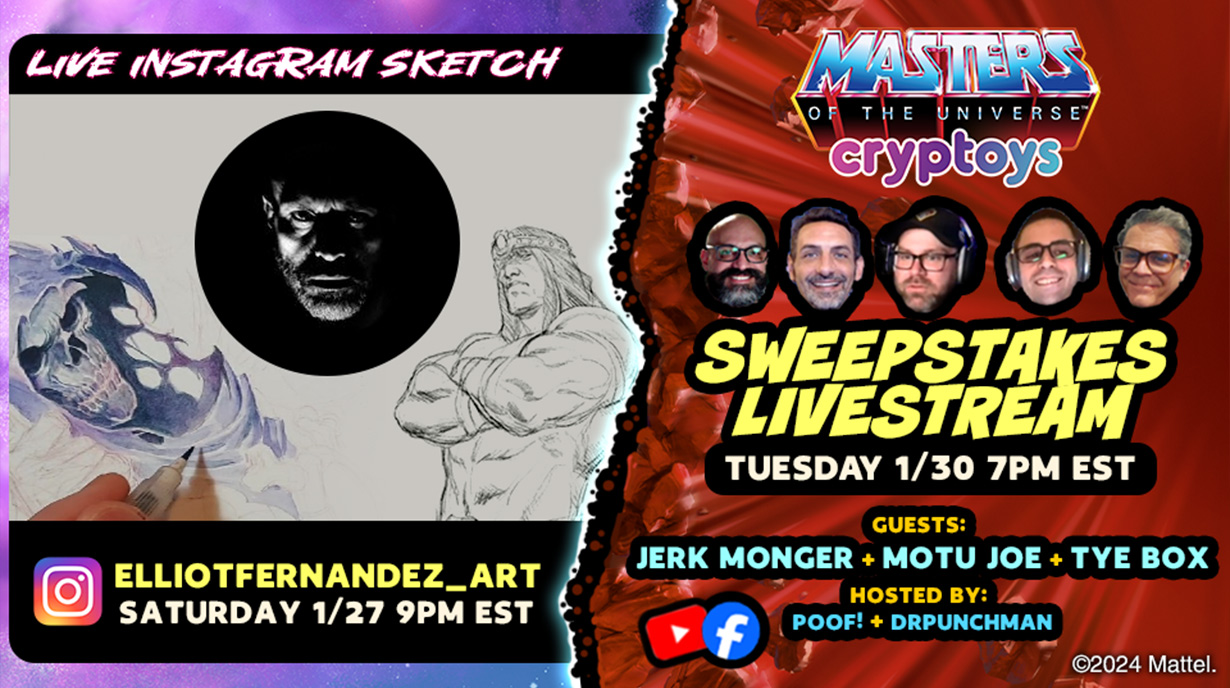
Advertising Strategy:
- Facebook Ads: Create targeted ads promoting family-friendly games and activities, focusing on parents with young children.
- Instagram Promotions: Use engaging visuals in ads that highlight family game night ideas and educational games.
- YouTube Pre-Roll Ads: Develop short ads showcasing family gaming moments and encouraging parents to explore your game offerings.
Increase brand awareness by 30% among young parents and drive engagement by 50%, while promoting family-friendly gaming products and increasing sales by 20% over the next 12 months.
- Demographics: Parents aged 25-40
- Interests: Family activities, video games, board games, educational games, parenting tips.
- Behaviors: Active on social media, seeking recommendations for family-friendly activities, interested in engaging content about parenting and gaming.
5
Posts per week5
Posts per week3
Posts per week4
Pins Per Week2
Posts Per Week3
Shorts per weekKids
Need play and entertainment to consume hours.Are not interested in nostalgia, but are curious to discover their new favorite things. Want to share, and see what other kids (their age and older) are doing. Enjoy repition of things they understand and to efortlessly deconstruct what they do not.
Developmental Stage 4: Worried about how they compaire with their peers.
- Gameplay and Walkthroughs: Fun, engaging videos showing gameplay of popular games among kids, including tips and tricks.
- Cartoon Clips and Memes: Create shareable memes and clips from popular cartoons, encouraging laughter and sharing.
- DIY Crafts and Activities: Simple craft tutorials related to popular gaming and cartoon themes (e.g., making a character figurine).
- Challenges and Contests: Interactive content like dance challenges, art contests, or “create your character” challenges.
Engagement Strategy:
- Interactive Polls and Quizzes: Use Instagram Stories and TikTok polls to engage kids with fun questions about their favorite characters or games.
- User-Generated Content: Encourage kids to share their artwork or gameplay experiences and feature them on your channels.
- Collaborations with Kid Influencers: Partner with popular kid influencers for unboxing, gameplay, or fun challenges.
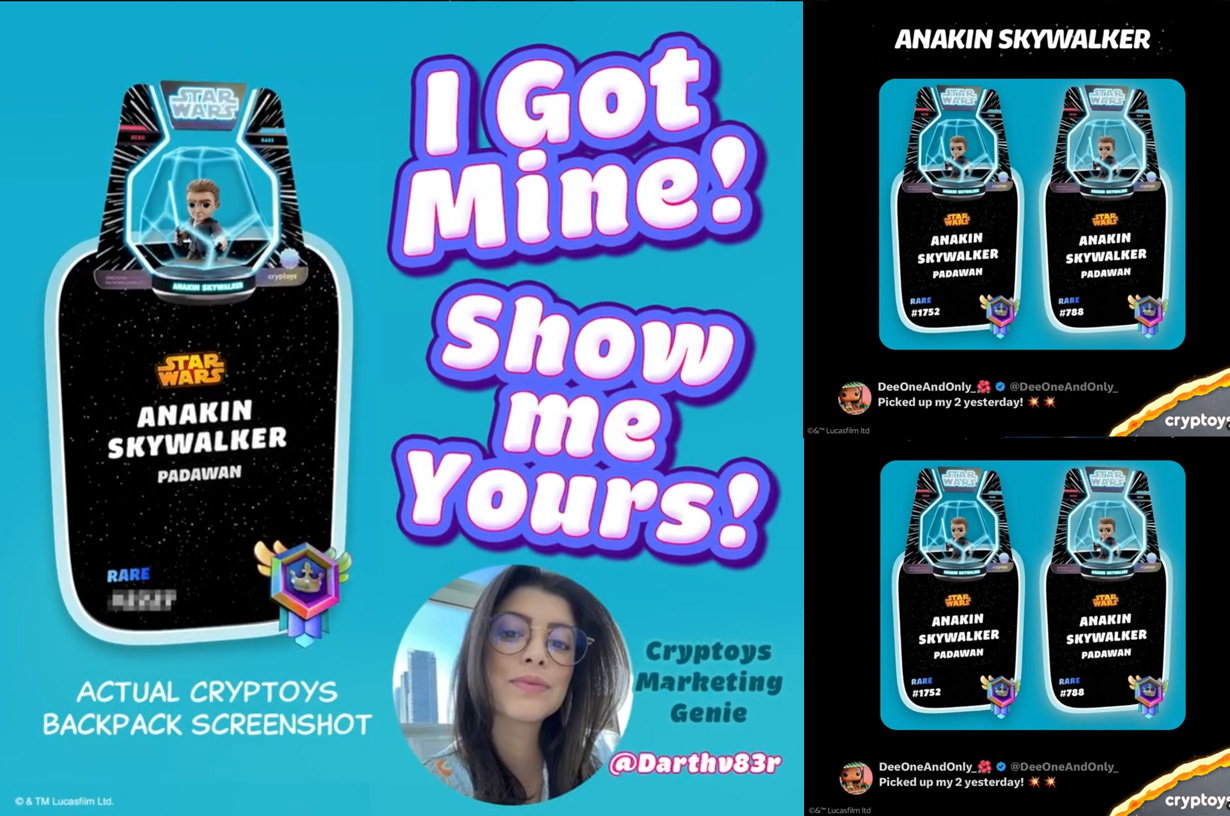

Advertising Strategy:
- YouTube Ads: Use targeted ads on YouTube Kids promoting engaging content, focusing on gameplay and cartoon-related products.
- In-Game Advertising: Create in-game experiences or ads within popular platforms like Roblox and Minecraft to reach kids directly in their environments.
Increase brand awareness and engagement by 40% within the target audience, while driving traffic to the website and increasing product sales by 25% over the next 12 months.
- Demographics: Children aged 8-12
- Interests: Gaming (mobile and console), cartoons (animated series, popular franchises).
- Behaviors: Active on platforms popular with children, engaged with gaming content and cartoons.
2
Videos per week4
Shorts per week4
Posts Per Week4
Posts Per Week3
Posts DailyAnalytics and KPIs:
- Engagement Rate: Track likes, shares, comments, and video views across all platforms.
- Follower Growth: Monitor increases in followers/subscribers on each platform.
- Website Traffic: Analyze referral traffic from social media to the website to measure conversions.
- Sales Metrics: Measure sales increases attributed to specific campaigns and content.
Timeline:
- Now: Launch brand awareness campaigns, establish baseline engagement, start influencer collaborations.
- Next: Initiate interactive contests, optimize content based on engagement metrics.
- Soon: Assess campaign performance, adjust strategies, and ramp up content if engagement is high.
- Last: Conduct a year-end review, assess growth, and prepare a strategy for next year based on insights gained.
10 Keys to Marketing
It pays to read to the end of the page.
01
Marketing is MathEvery decision—when, where, and what to post—should be driven by analytics. Ignoring this can lead to failure.
02
Word of MouthCultivate authentic voices to speak on your behalf. Be the biggest fan of your fans; social media should amplify their experiences, not just your own.
03
Fix It in PreInvest time in pre-production. Set clear marketing plans with defined beginnings, middles, and ends. Review performance metrics to establish new standards.
04
Know your AudienceIdentify and create detailed user personas. Tailor your campaigns to speak directly to each segment to drive relevant traffic without overlap.
05
OptimizeRun parallel campaigns focusing on both installs and conversions, especially on platforms like TikTok where install optimization thrives.
06
Fail FastTest various creative formats aligned with user personas. Experiment with hooks, visuals, and messaging to find what resonates.
07
Stay NimbleDon’t adopt a set-it-and-forget-it mindset. Regularly review performance at all levels and be ready to pivot quickly based on real-time data.
08
Do Quality WorkPrioritize high-quality, engaging content over sheer volume. This builds trust and keeps your audience coming back.
09
Be Where They AreMaintain a consistent brand experience across all platforms to engage customers wherever they are.
10
Be a CommunityFoster connections with your audience through interactive content and user-generated input to create loyalty and advocacy.